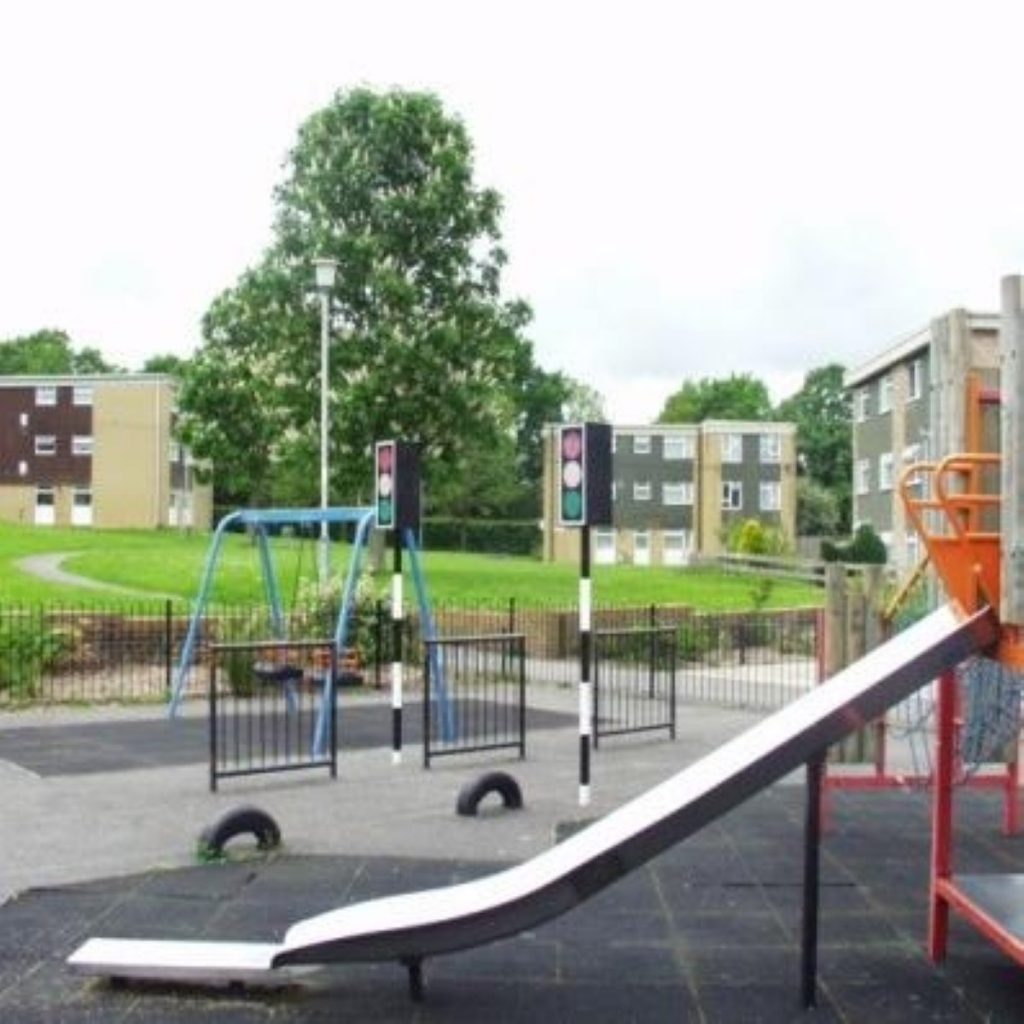Risk warning over govt’s play area plans
The government’s enthusiasm to expose children to risk should be carefully managed, campaigners have warned.
Concerns are raised in the NSPCC’s response to the Department for Children, Schools and Families’ consultation on how best to spend £235 million on new play areas for children, which closes today.
Children’s secretary Ed Balls said in April the government wanted to use the money to help children “learn to take risks so that they can thrive”.
The NSPCC is concerned by this language. It says: “Some children, particularly those from disadvantaged backgrounds, do not experience risks in such positive, challenging or exciting ways, for them risk-taking can refer to threats to their safety including the threat of violence.


“Risk taking can also refer to young people experimenting with drugs and alcohol; public parks are sometimes the sites where this activity takes place.”
It points to a recent Unicef report which placed Britain bottom of a list of 21 rich countries on childhood wellbeing as justification for its concern about the types of risk the consultation is proposing to foster.
“The term has numerous meanings and connotations,” it adds.
“The ambiguity which results from this could lead to misinterpretation and misunderstanding, particularly given recent reports and media concerns about ‘cotton wool kids’.”
Overall the NSPCC welcomes the government’s proposals to invest in new play areas for children. It has broadly met with approval; the Local Government Association describes it as a “fairly decent investment” and accepts the need for local performance to be driven through the use of a “national play indicator” from next year.
“It’s government talk for ‘we have to be seen to make sure this happens’,” a spokesperson explained.
“Some questions might be raised about finding space for this – in central London boroughs, for instance, it might be difficult – but that is very much a council-by-council issue.”
The government proposes to spend the £235 million over the next three years to develop up to 3,500 new public play areas across England.
Mr Balls added: “Let’s see an end to the no ball games culture and a start of a new era where children’s needs and children’s play areas are at the heart of the planning process from start to finish.”
“If we can provide safe environments for our children and young people then as parents we can step back and let them learn from experience.”

